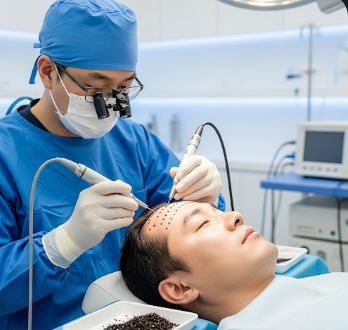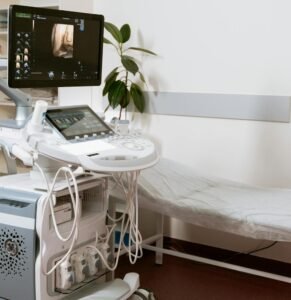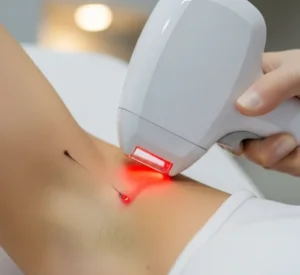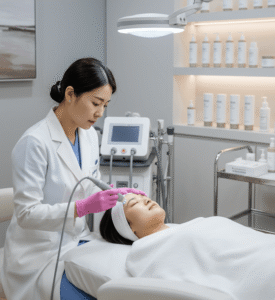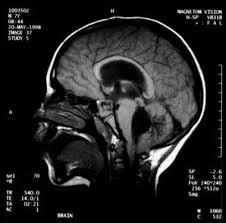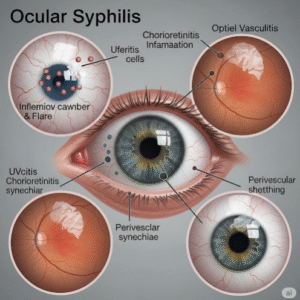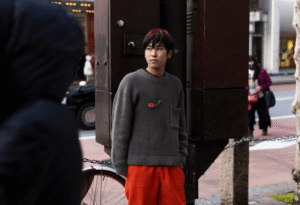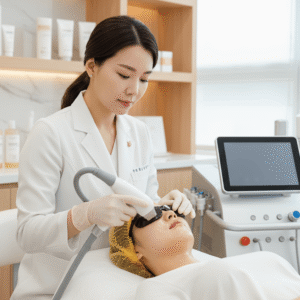Overview
Hair transplant is a surgical procedure that restores hair growth for individuals experiencing hair loss, thinning, or baldness. It is commonly used to treat male pattern baldness, female hair thinning, and hair loss due to trauma or medical conditions.
South Korea is renowned for advanced hair restoration techniques, experienced surgeons, and high-quality clinics. Patients from around the world choose Korea for precision, natural-looking results, and modern hair transplant methods.
What is Hair Transplant?
Hair transplant involves relocating hair follicles from a donor area (typically the back or sides of the scalp) to the thinning or bald areas. The two main methods are:
- FUT (Follicular Unit Transplantation) → A strip of scalp is removed, follicles are dissected and transplanted.
- FUE (Follicular Unit Extraction) → Individual hair follicles are extracted and implanted; minimally invasive with faster recovery.
Korean surgeons often combine FUE and advanced robotic-assisted techniques for precise placement, natural hairline design, and high graft survival rates.
What are the Benefits?
- Permanent hair restoration with natural appearance
- Boost in self-confidence and self-esteem
- Minimally invasive techniques reduce scarring and downtime
- Custom hairline design tailored to facial features
- Advanced Korean technology → ensures high success and graft survival
- Safe and sterile procedures in accredited clinics
Procedure Details
1) How should I prepare for Hair Transplant?
- Medical consultation → Assess hair loss pattern, donor hair availability, and medical history
- Avoid certain medications → Blood thinners or anti-inflammatory drugs may need to be paused
- No alcohol or smoking → At least a week before surgery to improve healing
- Scalp care → Wash hair and avoid styling products before the procedure
- Set realistic expectations → Surgeon will discuss achievable density, hairline design, and timeline
2) What happens during the procedure Hair Transplant?
- Anesthesia → Local anesthesia with sedation; patient remains awake but comfortable
- Harvesting donor hair →
- FUE: Individual follicular units are extracted using micro punches
- FUT: Strip of scalp removed and dissected into grafts
- Recipient site preparation → Tiny incisions made in thinning or bald areas following natural hair direction
- Graft placement → Hair follicles inserted carefully for density and natural orientation
- Duration → Usually 4–8 hours depending on number of grafts; larger sessions may be split
3) What happens after a Hair Transplant?
- Immediate post-op care → Light dressing, anti-inflammatory medication, and pain management
- Scabbing and redness → Common in the first week; gentle washing recommended
- Follow-up → Regular visits to monitor healing and hair growth
- Shedding phase → Transplanted hairs may shed within 2–4 weeks, followed by regrowth
- Final results → Noticeable hair growth in 6–12 months
Risks / Benefits
Risks
- ➤ Mild pain, swelling, or redness around donor and recipient sites
- ➤ Temporary shock loss of existing hair (usually recovers)
- ➤ Infection (rare with sterile technique)
- ➤ Uneven density if graft placement is not precise
- ➤ Rare scarring or folliculitis
Benefits
- ➤ Natural-looking hairline and permanent hair growth
- ➤ High patient satisfaction with aesthetic improvement
- ➤ Minimally invasive and safe in Korea’s accredited clinics
- ➤ Boost in confidence and appearance
- ➤ Advanced techniques ensure minimal downtime and quick recovery
Recovery and Outlook
- Immediate recovery → Mild swelling or soreness; most patients resume daily activities in 2–3 days
- Hair care → Gentle shampooing after 2–3 days; avoid direct sunlight or harsh chemicals
- Growth timeline → New hair growth begins 3–4 months post-procedure; full results visible in 9–12 months
- Follow-up visits → Monitor hair growth, manage any complications, and evaluate density
- Long-term outlook → Transplanted hair is permanent; with proper scalp care, results are long-lasting
When To Call the Doctor
Contact your hair transplant surgeon if you notice:
- ⚠️ Severe pain or swelling not relieved by medication
- ⚠️ Signs of infection: pus, redness, fever
- ⚠️ Bleeding that doesn’t stop
- ⚠️ Folliculitis or abnormal scabs
- ⚠️ Unusual hair loss beyond normal shedding phase
Best Korea Option / Process
South Korea is a preferred destination for hair transplant surgery due to:
- Experienced surgeons with international recognition
- Advanced FUE, FUT, and robotic-assisted methods
- Minimally invasive techniques and natural hairline design
- Accredited clinics with modern operating theaters
- Affordable pricing compared to Western countries
- English-speaking staff to assist international patients
Top Clinics for Hair Transplant in Korea:
- Moran Hair Clinic, Seoul – Specializes in FUE and FUT with natural hairline design
- Hairline Korea, Gangnam – Known for dense packing and precise graft placement
- ID Hospital Hair Center – Offers advanced robotic-assisted hair transplant
- JK Hair Clinic – Expertise in male and female pattern baldness solutions
👉 For individuals seeking permanent hair restoration with natural results, Hair Transplant in Korea offers safe, advanced, and highly effective options with world-class care.

